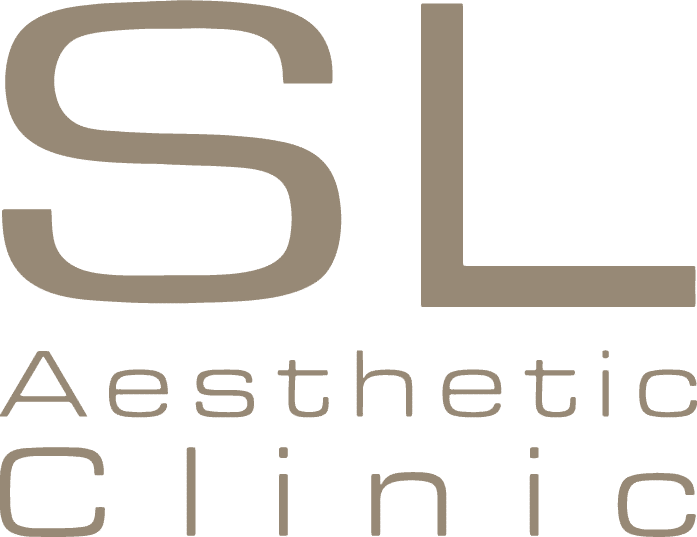Tattoo ink and natural pigmentation, including melanin, absorbs short pulse duration/high peak energy Q-switched pulses, creating a photo-acoustic effect within the pigment clusters. This effect breaks down the ink into smaller particles, which is removed by the body’s natural filtering system. The high energy YAG laser delivers laser energy directly into the pigmentation. The laser reduces the appearances of the tattoo or other pigmentations with minimised damage to surrounding tissue. A patient may require six to eight or more sessions, four to eight weeks apart. This requirement can vary by the individual.

